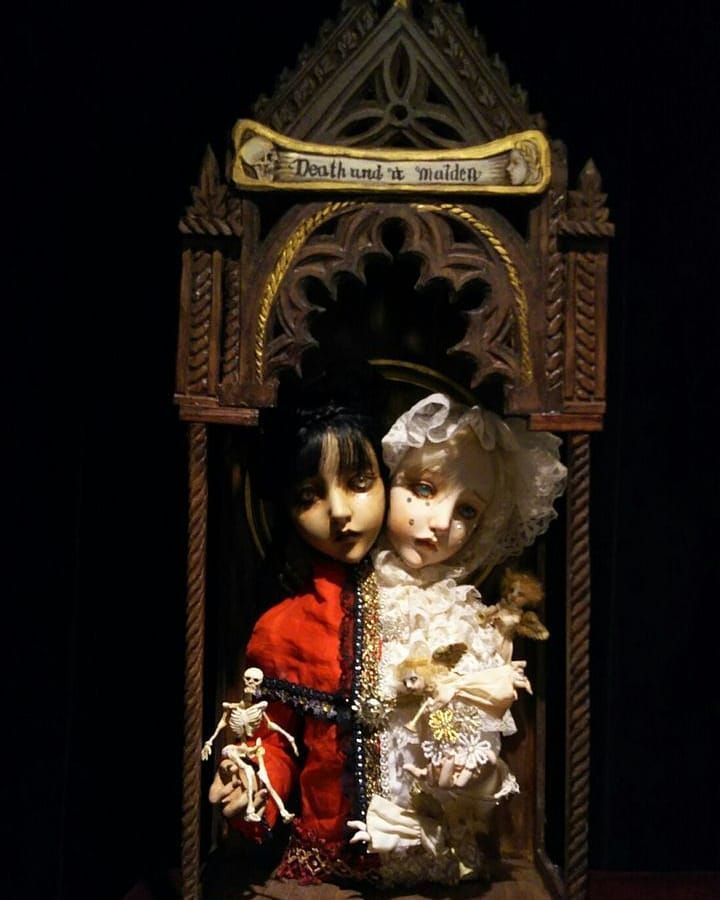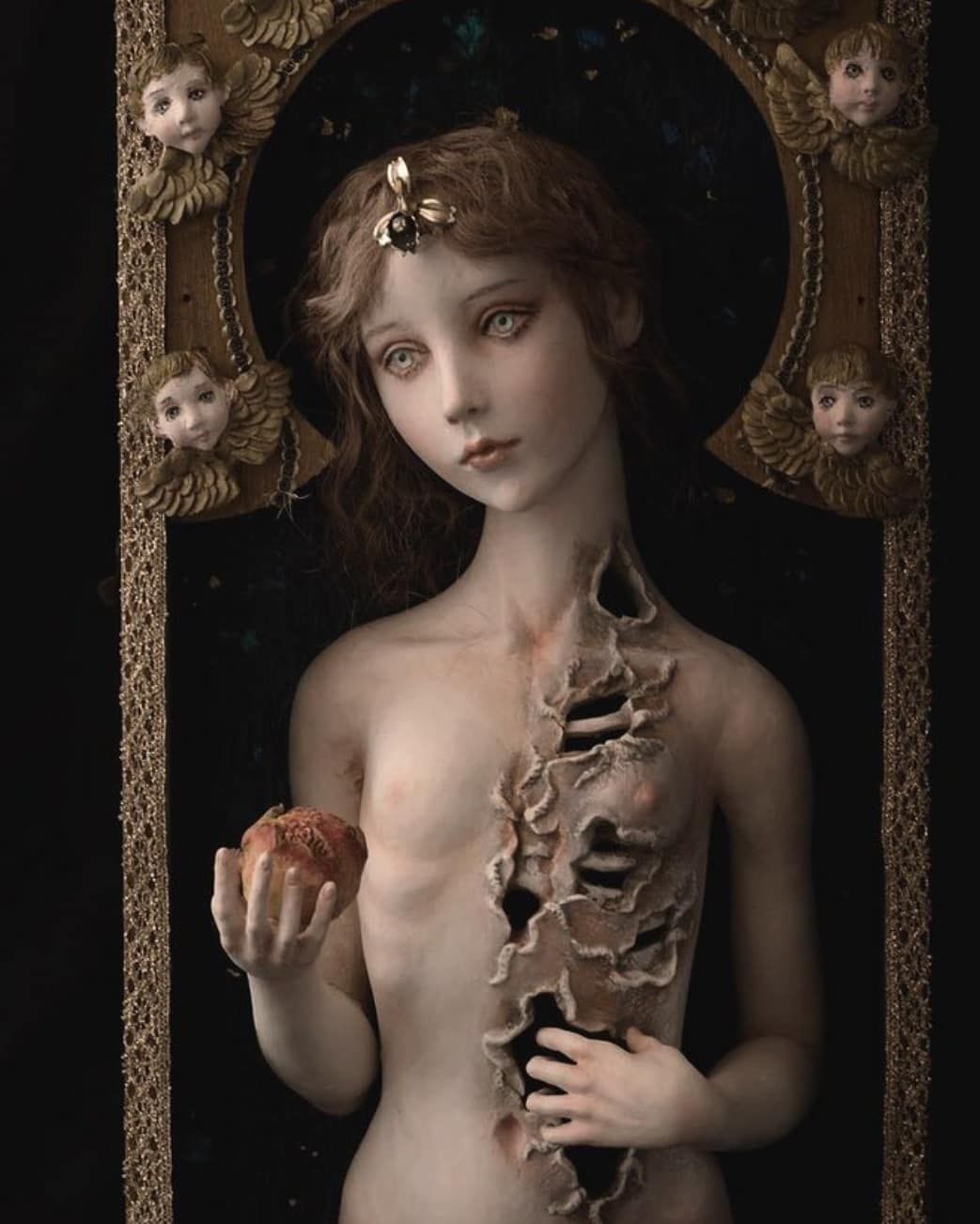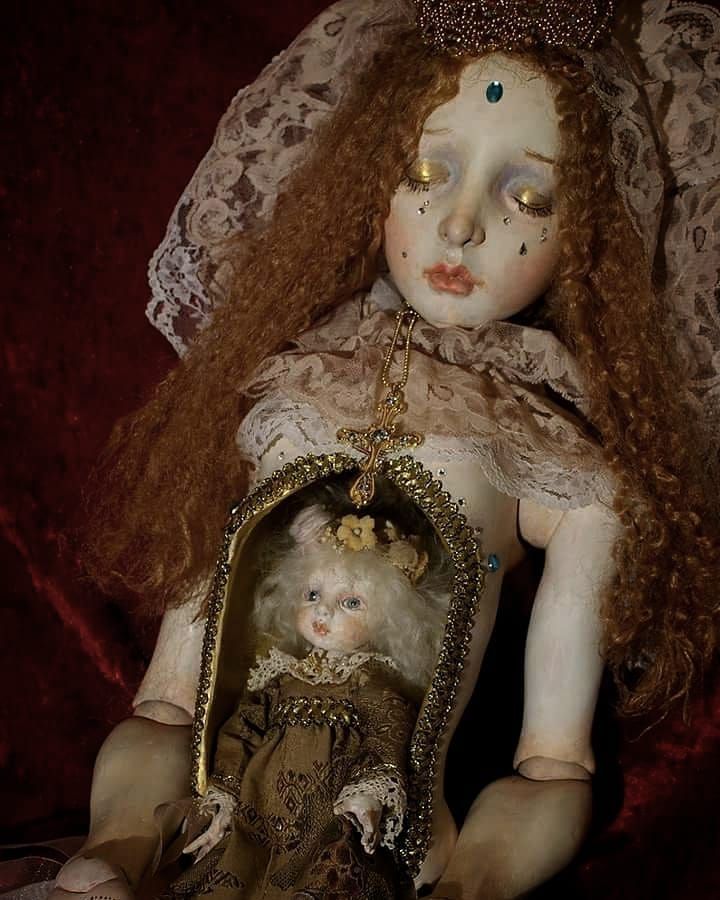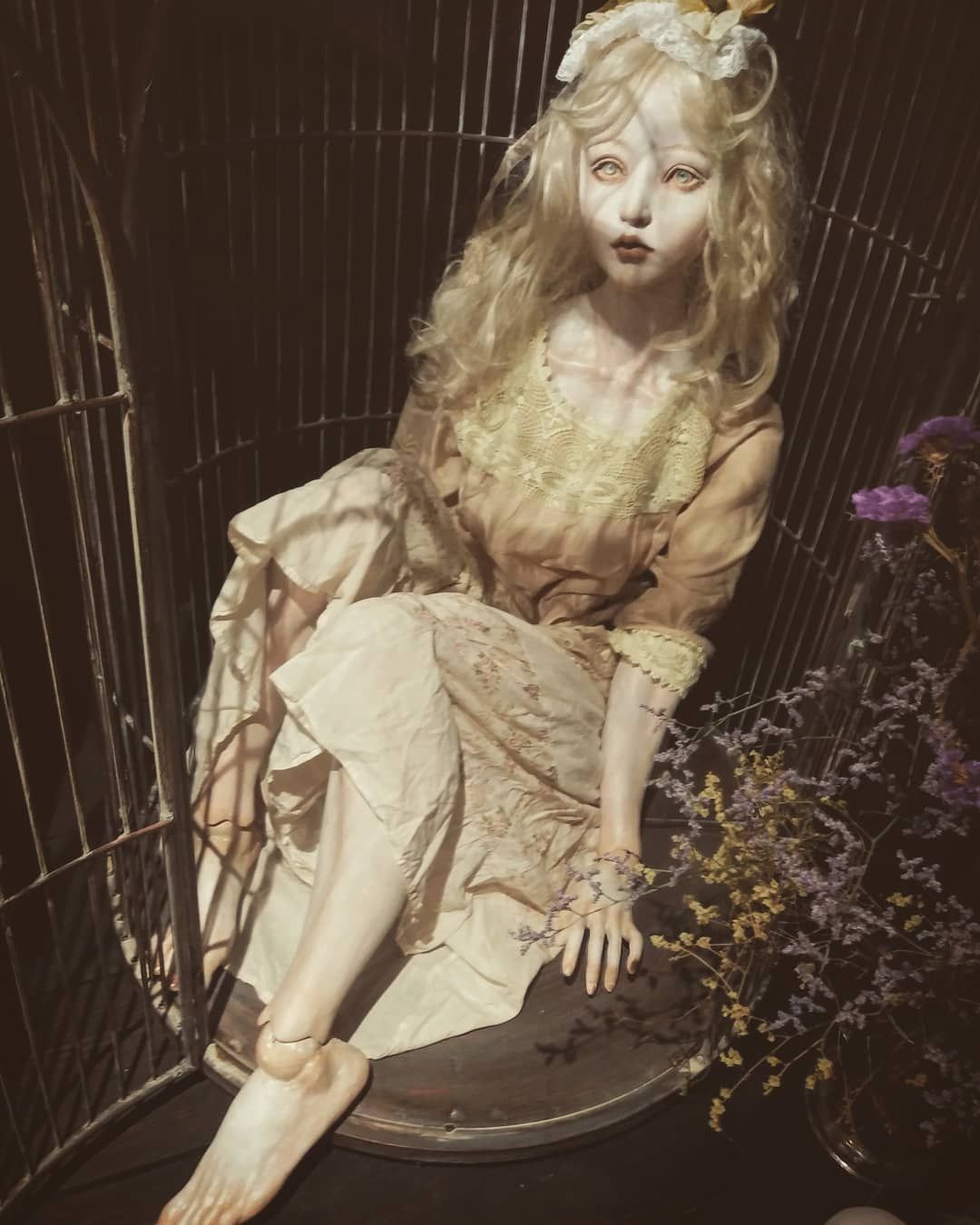“She’s got the whole dark forest living inside of her.”
(Tom Waits)
Some time ago I discovered these gorgeous dolls made by a Japanese artist Mari Shimizu, and I was instantly drawn to their beautiful pale haunting faces, large eyes radiating melancholy and rosebud lips which hide secrets. Mari Shimizu has been creating these dolls for almost twenty years now, having started in 2000, and she is entirely self-taught. The detailing and the inspiration that went into creating each doll individually is baffling! They are all unique and yet they all seem to belong to this one world; half-fantasy and half-macabre. As I gaze at each doll, it seems to me that their eyes, shiny and large like gemstones, jade or sapphire, are gateways to this other world, that of the imagination.
Some of them are inspired by Alice in Wonderland, some are vampire-like, with delicious little fangs and faded lavender coloured Rococo-style gowns, others are skeletons with rich inner lives, and I mean literary so; their insides, instead of organs, have a whole other vivid crazy world inside them; nude maiden riding a horse of Fuseli-inspired fantasy, anything goes. Mari Shimizu wasn’t into the whole pink, sugary, kawaii aesthetic that Japan is famous for (that isn’t the only aspect of Japanese culture, I know, but it seems a lot of foreigners are drawn to the cuteness and childlike stuff that Japan offers, from mangas to Lolita clothes).
Her imagination wanted to go to greater depths and greater lengths, and looking at these dolls you can notice a whole scale of inspiration that went into it, from Western art and fairy tales and stories, and she said in an interview here that she especially likes Renaissance and Victorian eras which would explain some of the themes behind these dolls, Death and the Maiden, a popular motif in the Middle ages and the Renaissance, and Alice in Wonderland: “Alice in Wonderland is fascinated by being an absurd drama with a girl as the main character, depicted in an era when human activities are automated in the industrial revolution. I interpret that the innocent and pure existence of a girl is a story that fights adult absurdity over time. Human emotions and growth are inherently absurd. It is animals and nature that tell us the truth, not formulas. Alice in Wonderland is drawn through the eyes of a girl whose world is still undifferentiated, and she can listen to animal conversations and freely change the size and presence of objects. It is a theme that always has new discoveries that break our fixed concept.” (in the artist’s own words)


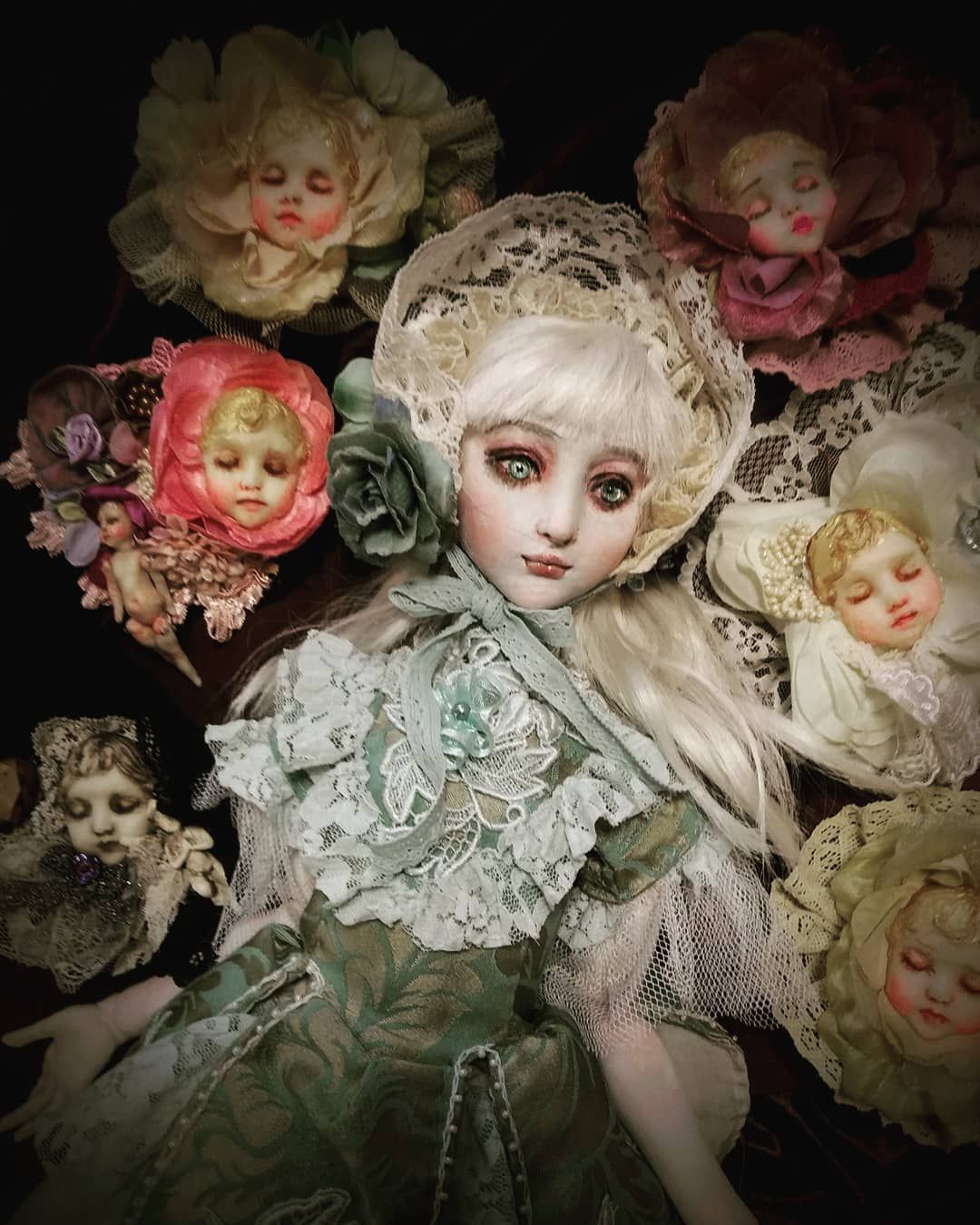

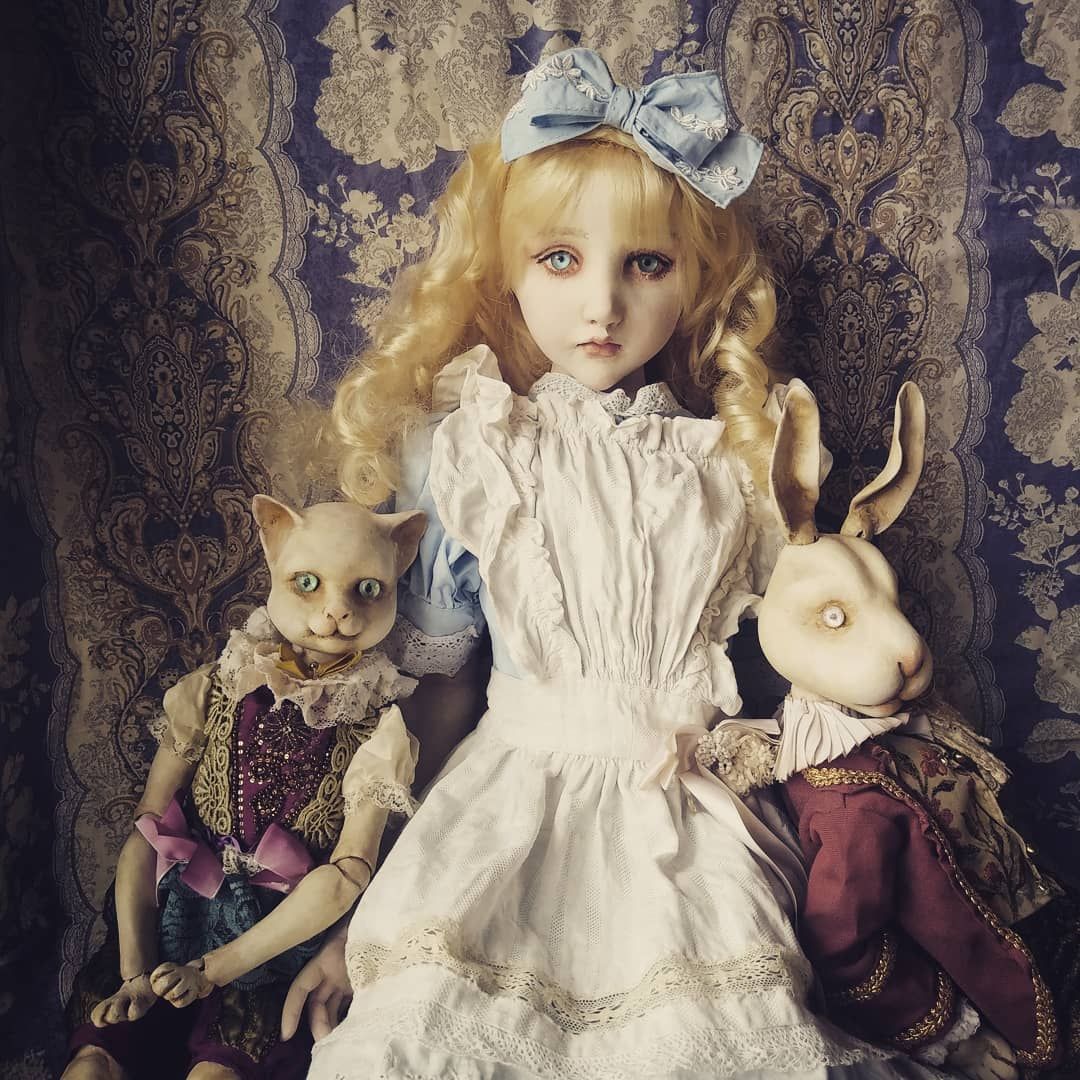


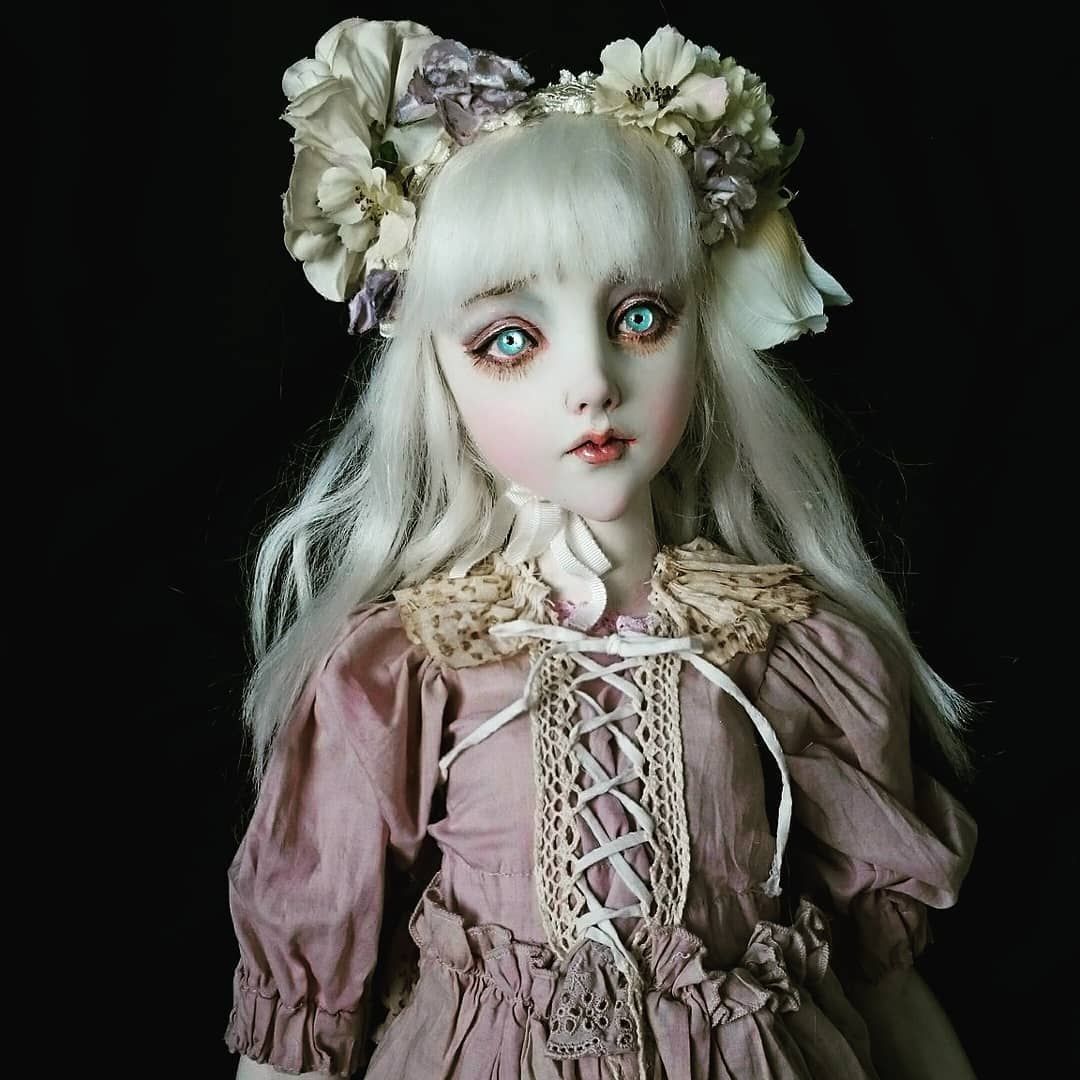


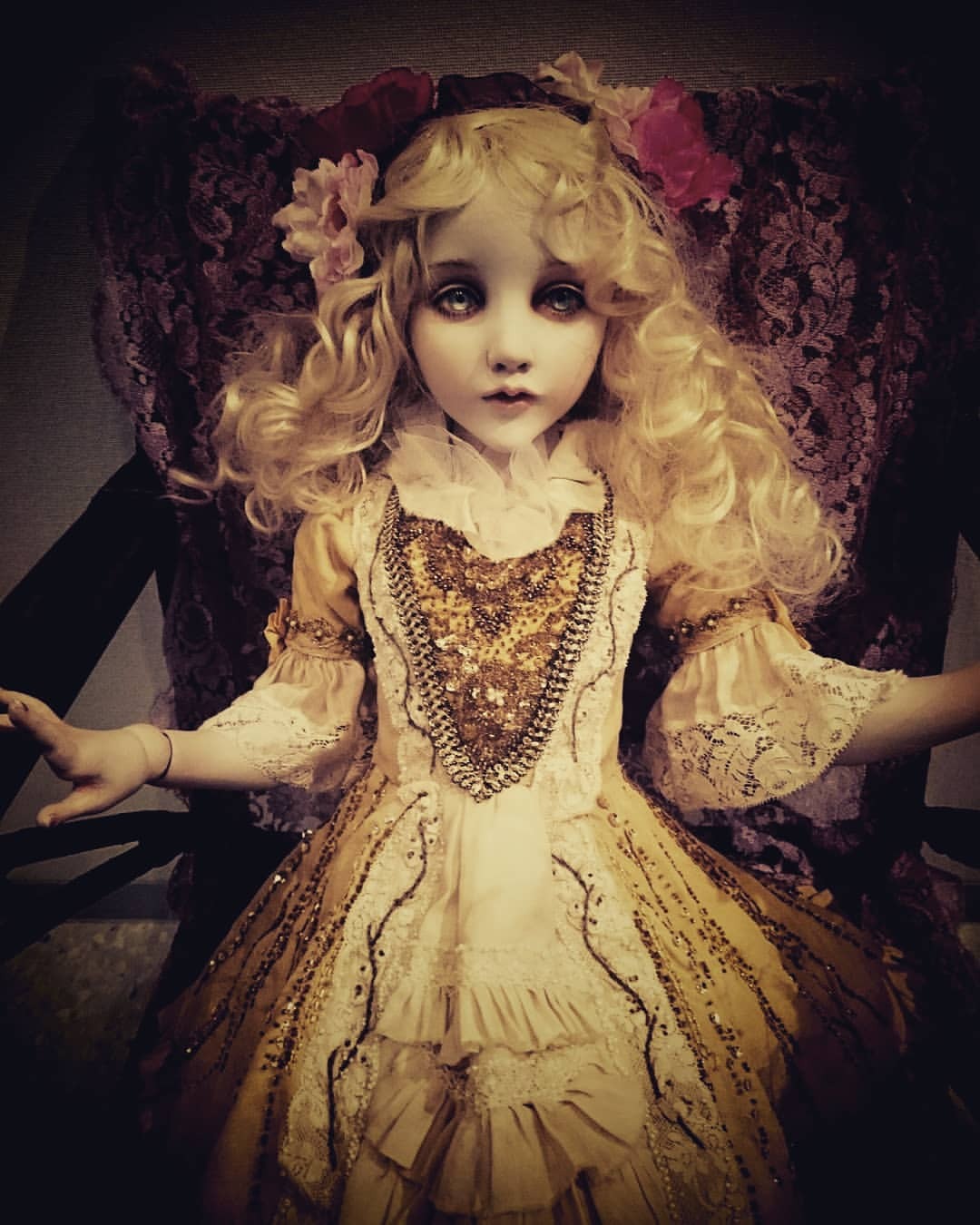


Henri Fuseli, The Nightmare, 1791






